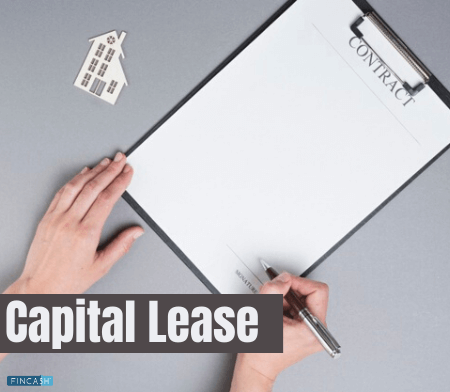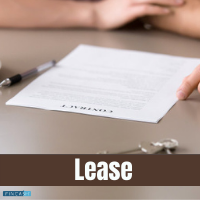Capital Lease
What is a Capital Lease?
A Capital Lease is an agreement wherein the lessor agrees to transfer ownership rights to the lessee after the completion of a period of the lease. The lease has the economic characteristics of asset ownership for Accounting purposes. Capital leases are counted as debt. They undergo Depreciation over time and incur interest expense.

A transfer of ownership of the particular asset takes place at the end of the term. There is an option to purchase a particular asset at a discounted price toward the end of the term. Note that the term of the lease is greater than or equal to 75% of the useful life of the asset. The present value of Lease Payments is always greater than or equal to 90% of the particular asset’s Market value.
In 2016, the Financial accounting standards Board (FASB) called in for certain amendments to the accounting rules. This required companies to capitalise their leases with terms above one year on their financial statements. Capital leases have a major impact on companies’ financial statements. They influence interest expense, depreciation expenses as well as the assets and liabilities.
Talk to our investment specialist
Capital Lease Example
Company B is a small business that needs to purchase a new piece of equipment for its operations. The equipment costs INR 6,000,000 and has a useful life of 10 years. Instead of paying cash for the equipment, Company B enters into a capital lease with a lessor.
Under the terms of the capital lease, Company B will make payments of INR 600,000 per year for 10 years. The lease payments are structured to cover the cost of the equipment plus a financing charge. At the end of the 10-year lease term, Company B has the option to purchase the equipment for a nominal fee, such as INR 10.
In this example, Company B effectively purchases the equipment through the capital lease and assumes ownership at the end of the lease term. The company is responsible for maintaining and repairing the equipment during the lease period, and the lease payments are structured to cover the cost of the equipment plus any financing charges. This is in contrast to an Operating Lease, in which the lessor retains ownership of the equipment and the lessee only has the right to use it for a specified period of time.
Criteria to Qualify as Capital Lease
A lease contract has to meet four criteria to qualify as a capital lease. They are mentioned below:
Useful Life
The first requirement for a capital lease to be known as a capital lease is to be 75% or greater for the asset’s useful life.
Bargain Purchase
The second requirement is that the lease must contain a bargain purchase option for a price that is less than the price of the asset in the market.
Ownership
The third requirement is that the lease should gain ownership at the end of the lease period.
Lease Payment
The fourth requirement is that the lease payment should be more than 90% of the asset’s value in the market.
All efforts have been made to ensure the information provided here is accurate. However, no guarantees are made regarding correctness of data. Please verify with scheme information document before making any investment.












